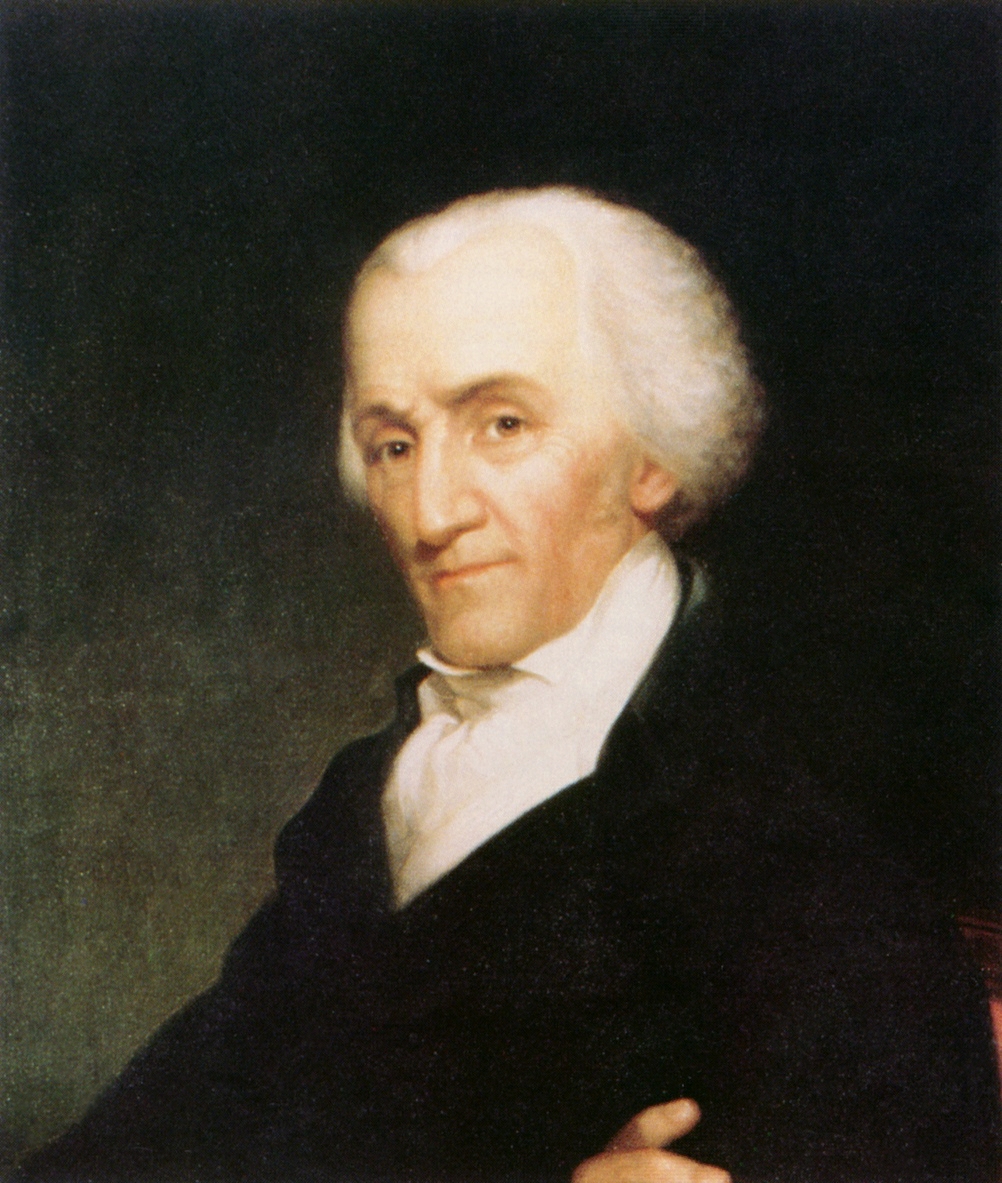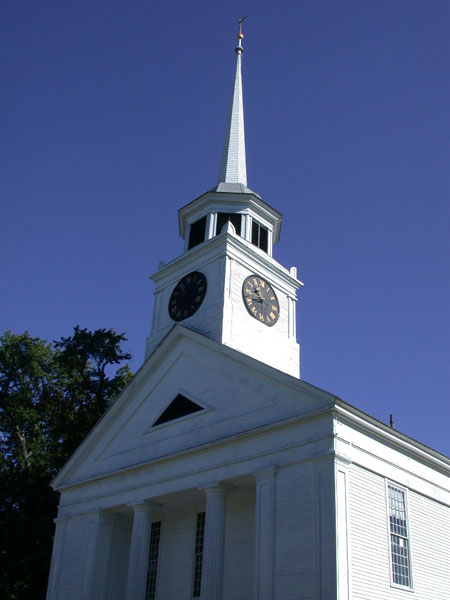|
Massachusetts's 3rd Congressional District
Massachusetts's 3rd congressional district is located in north- central and northeastern Massachusetts. The largest municipalities in the district are Lowell, Lawrence, Haverhill, Methuen, Billerica (partial), Fitchburg, and Marlborough. Democrat Lori Trahan has represented the district since 2019. Cities and towns in the district As of the 2021 redistricting, the 3rd district contains 35 municipalities: Essex County (3) : Haverhill, Lawrence, Methuen Middlesex County (21) : Acton, Ashby, Ayer, Billerica (part; also 6th), Boxborough, Carlisle, Chelmsford, Concord, Dracut, Dunstable, Groton, Hudson, Littleton, Lowell, Marlborough, Pepperell, Shirley, Stow, Townsend, Tyngsborough, Westford Worcester County (11) : Ashburnham, Bolton, Berlin, Clinton, Fitchburg, Gardner, Harvard, Lancaster, Lunenburg, Winchendon, Westminster (part; also 2nd) History of district boundaries After the 2010 census, the third district shifted from cove ... [...More Info...] [...Related Items...] OR: [Wikipedia] [Google] [Baidu] |
Boxborough, Massachusetts
Boxborough is a town in Middlesex County, Massachusetts, United States. The population was 5,506 at the 2020 census. The town name is often simplified to "Boxboro" on highway signs and official documents. Geography According to the United States Census Bureau, the town has a total area of , of which is land and , or 0.48%, is water. Boxborough is bordered by Littleton to the north, Acton to the east, Stow to the south, and Harvard to the west. Prior to incorporation in 1783, the area that is now Boxborough was part of Stow, Harvard, and Littleton. Demographics As of the census of 2000, there were 4,868 people, 1,853 households, and 1,271 families residing in the town. The population density was . There were 1,906 housing units at an average density of . The racial makeup of the town was 88.82% White, 0.33% African American, 0.02% Native American, 8.48% Asian, 0.37% from other races, and 1.97% from two or more races. Hispanic or Latino of any race were 1.13% of ... [...More Info...] [...Related Items...] OR: [Wikipedia] [Google] [Baidu] |
Tyngsborough, Massachusetts
Tyngsborough (also spelled Tyngsboro) is a town in northern Middlesex County, Massachusetts, Middlesex County, Massachusetts, United States. Tyngsborough is from Boston along the U.S. Route 3, Route 3 corridor, and located on the New Hampshire state line. At the 2020 census, the town population was 12,380. By its location, the town serves as a suburb of neighboring cities such as Nashua, New Hampshire and Lowell, Massachusetts. History Tyngsborough was settled in 1661, as part of the massive Dunstable, Massachusetts#History, Dunstable Township. The town of Dunstable, incorporated in 1673, was named after the hometown of pioneer Edward Tyng. However, a relative of his, and the source of the town of Tyngsborough's name, was Colonel Jonathan Tyng, whose home, the Col. Jonathan Tyng House, Tyng Mansion House, was one of the oldest north of Boston. He settled near the Merrimack in what is now Tyngsborough in 1675. The house stood until the 1970s, when it was destroyed by arso ... [...More Info...] [...Related Items...] OR: [Wikipedia] [Google] [Baidu] |
Townsend, Massachusetts
Townsend is a town in Middlesex County, Massachusetts, United States. The population was 9,127 at the 2020 census. History Townsend was first settled by Europeans in 1676 in an area known by indigenous people of the area as Wistequassuck, and was officially incorporated in 1732. The town was named after Charles Townshend, English secretary of state and an opponent of the Tories. The town initially used the same spelling as its namesake, but the "h" was dropped in patriotic fervor in response to the Townshend Acts of 1767. The current spelling of Townsend became official by 1780. Geography According to the United States Census Bureau, the town has a total area of 33.1 square miles (85.8 km), of which 32.9 square miles (85.1 km) is land and 0.2 square mile (0.6 km) (0.72%) is water. The headwaters of the Squannacook River rise in the town's western hills. Townsend has the largest land area of any town in Middlesex County. Townsend is bordered ... [...More Info...] [...Related Items...] OR: [Wikipedia] [Google] [Baidu] |
Stow, Massachusetts
Stow is a town in Middlesex County, Massachusetts, United States. The town is located west of Boston, in the MetroWest region of Massachusetts. The population was 7,174 at the 2020 census. Stow was officially incorporated in 1683 with an area of approximately . Over centuries it gave up land as newer, smaller towns were created, ceding land to Harvard (1732), Shirley (1765), Boxborough (1783), Hudson (1866) and Maynard (1871). Stow now has an area of . With the exception of factories at Assabet Village and Rock Bottom (later Maynard and Gleasondale), Stow was primarily sparsely settled farm and orchard land until the 1950s. History Previous to its incorporation in 1683, Stow was called Pompositticut Plantation. Stow was officially incorporated in 1683. The earliest Colonial settlers, , were Matthew Boon and John Kettell, who settled the land of Tantamous (Jethro), a Native American, whose land was called "Pompocitticut." Boon settled by a pond (later bearing his name: ... [...More Info...] [...Related Items...] OR: [Wikipedia] [Google] [Baidu] |
Shirley, Massachusetts
Shirley is a town in Middlesex County, Massachusetts, Middlesex County, Massachusetts, United States. It is approximately thirty miles west-northwest of Boston. The population was 7,431 at the 2020 United States census, 2020 census. The town has a well-preserved historic New England town center. It is home to the Massachusetts Correctional Institution – Shirley, a medium-security state prison. (The neighboring maximum-security Souza-Baranowski Correctional Center lies just outside the town limits in the town of Lancaster, Massachusetts, Lancaster.) The remains of a Shakers, Shaker village have been preserved within the grounds of the prison. History The inhabitants at the time of European encounter were Nipmuc (or Pennacook) Indians, who called the area ''Catacunemaug''. Once part of "The Plantation of Groton," Shirley was first settled by English pioneers about 1720. In 1753 it separated from Groton, Massachusetts, Groton and was incorporated, named in honor of William S ... [...More Info...] [...Related Items...] OR: [Wikipedia] [Google] [Baidu] |
Pepperell, Massachusetts
Pepperell is a town in Middlesex County, Massachusetts, United States. The population was 11,604 at the 2020 census. It includes the village of East Pepperell. Pepperell is home to the Pepperell Center Historic District, a covered bridge, and the 1901 Lawrence Library. The library has a collection of Sidney M. Shattuck's (1876–1917) stuffed birds. History Pepperell was first settled in 1720 as a part of Groton, and was officially incorporated as its own town in 1775. The founders named it after Sir William Pepperrell, a Massachusetts colonial soldier who led the Siege of Louisbourg during the French and Indian War. The town was noted for its good soil and orchards. Since its formation, the town was active in the American independence movement. Being located northwest of Concord, Pepperell never saw British attack during the American Revolutionary War, though several Pepperell men fought at the Old North Bridge during the Battle of Concord, and a British spy was capt ... [...More Info...] [...Related Items...] OR: [Wikipedia] [Google] [Baidu] |
Littleton, Massachusetts
Littleton (historically ''Nashoba'') is a town in Middlesex County, Massachusetts, United States. The population was 10,141 at the 2020 census. For geographic and demographic information on the neighborhood of Littleton Common, please see the article Littleton Common, Massachusetts. History 17th century Littleton was the site of the sixth Praying Indian village established by John Eliot in 1645 consisting of mainly Native Americans of the Massachusett tribes. It was called Nashoba Plantation, on the land between Lake Nagog and Fort Pond. The term "Praying Indian" referred to Native Americans who had been converted to Christianity. Daniel Gookin, in his ''Historical Collections of the Indians in New England'', (1674) chapter vii. says: Nashobah is the sixth praying Indian town. This village is situated, in a manner, in the centre, between Chelmsford, Lancaster, Groton and Concord. It lieth from Boston about twenty-five miles west north west. The inhabitants are about ten fami ... [...More Info...] [...Related Items...] OR: [Wikipedia] [Google] [Baidu] |
Hudson, Massachusetts
Hudson is a town in Middlesex County, Massachusetts, Middlesex County, Massachusetts, United States, with a total population of 20,092 as of the 2020 United States census, 2020 census. Before its incorporation as a town in 1866, Hudson was a neighborhood and unincorporated village of Marlborough, Massachusetts, and was known as Feltonville. From approximately 1850 until the last shoe factory burned down in 1968,#Halp01, Halprin 2001: p. 7 Hudson was a mill town specializing in the production of shoes and related products. At one point, the town had 17 shoe factories,#Halp08, Halprin 2008: pp. 7–10 many of them powered by the Assabet River, which runs through town. The many factories in Hudson attracted immigrants from Canada and Europe. Today most residents are of either Portuguese Americans, Portuguese or Irish Americans, Irish descent, with a smaller percentage being of French Americans, French, Italian Americans, Italian, English Americans, English, or Scotch-Irish Americans ... [...More Info...] [...Related Items...] OR: [Wikipedia] [Google] [Baidu] |
Groton, Massachusetts
Groton is a town in northwestern Middlesex County, Massachusetts, United States, within the Greater Boston metropolitan area. The population was 11,315 at the 2020 census. An affluent bedroom community roughly 45 miles from Boston, Groton has a large population of professional workers, many of whom work in Boston's tech industry. It is loosely connected to Boston by highways ( Route 2) and commuter rail (the MBTA Fitchburg Line). The town has a long history dating back to the colonial era. It was a battlefield in King Philip's War and Queen Anne's War, and several Grotonians played notable roles in the American Revolution (including William Prescott, the American commander at the Battle of Bunker Hill) and Shays' Rebellion. Groton is home to two college-preparatory boarding schools: Lawrence Academy at Groton, founded in 1792; and Groton School, founded in 1884. Notable Groton residents include former U.S. Secretary of State John Kerry, sports writers Peter Gammons and Dan Sh ... [...More Info...] [...Related Items...] OR: [Wikipedia] [Google] [Baidu] |
Dunstable, Massachusetts
Dunstable ( ) is a town in Middlesex County, Massachusetts, United States. The population was 3,358 at the 2020 census. Etymology Dunstable was named after its sister town Dunstable, England. There are several theories concerning its modern name. In one version, legend tells that the lawlessness of the time was personified in a thief called Dun. Wishing to capture Dun, the King stapled his ring to a post daring the robber to steal it. It was, and was subsequently traced to the house of the widow Dun. Her son, the robber, was taken and hanged to the final satisfaction that the new community bore his name. Another theory is that it comes from the Anglo-Saxon for "the boundary post of Duna". A third version is that the name is derived from ''Dunum'', or Dun, a hill, and ''Staple'', a marketplace. History Dunstable was first settled by Europeans in 1656 and was officially incorporated in 1673. It is likely named after the town of Dunstable in Bedfordshire, England, home of Ed ... [...More Info...] [...Related Items...] OR: [Wikipedia] [Google] [Baidu] |
Dracut, Massachusetts
Dracut is a town in Middlesex County, Massachusetts, United States. At the 2020 census, the town's population was 32,617, making it the second most populous town in Massachusetts with an open town meeting system of governance. The town covers a total area of 21.36 square miles, 0.5 square miles of which are water. History Before Europeans arrived in the mid-17th century, Dracut and the surrounding area were known as Augumtoocooke. Important Pennacook Indian settlements were served by fishing at Pawtucket Falls on the Merrimack River and abundant game in the surrounding marsh areas.History of Dracut, Massachusetts, called by the Indians Augumtoocooke and before incorporation, the wildernesse north of the Merrimac. First permanent settlement in 1669 and incorporated as a town in 1701, by Silas Roger Coburn (1922) From the late 16th to mid-17th centuries, the powerful Sachem, Passaconaway and his family spent much of their lives on this land. Europeans began to settle in t ... [...More Info...] [...Related Items...] OR: [Wikipedia] [Google] [Baidu] |






